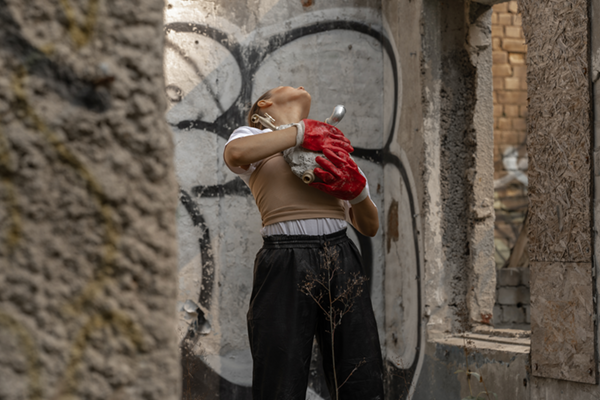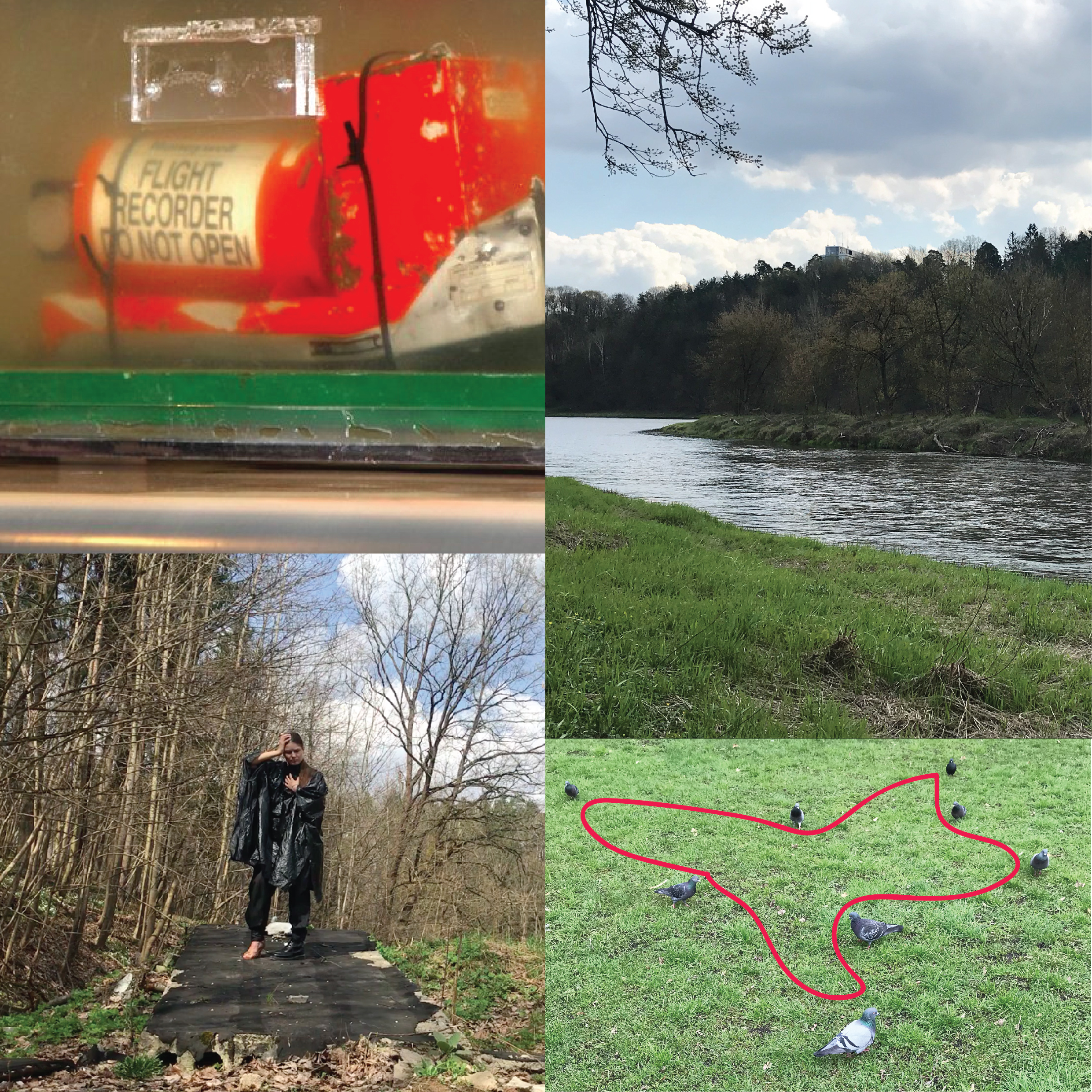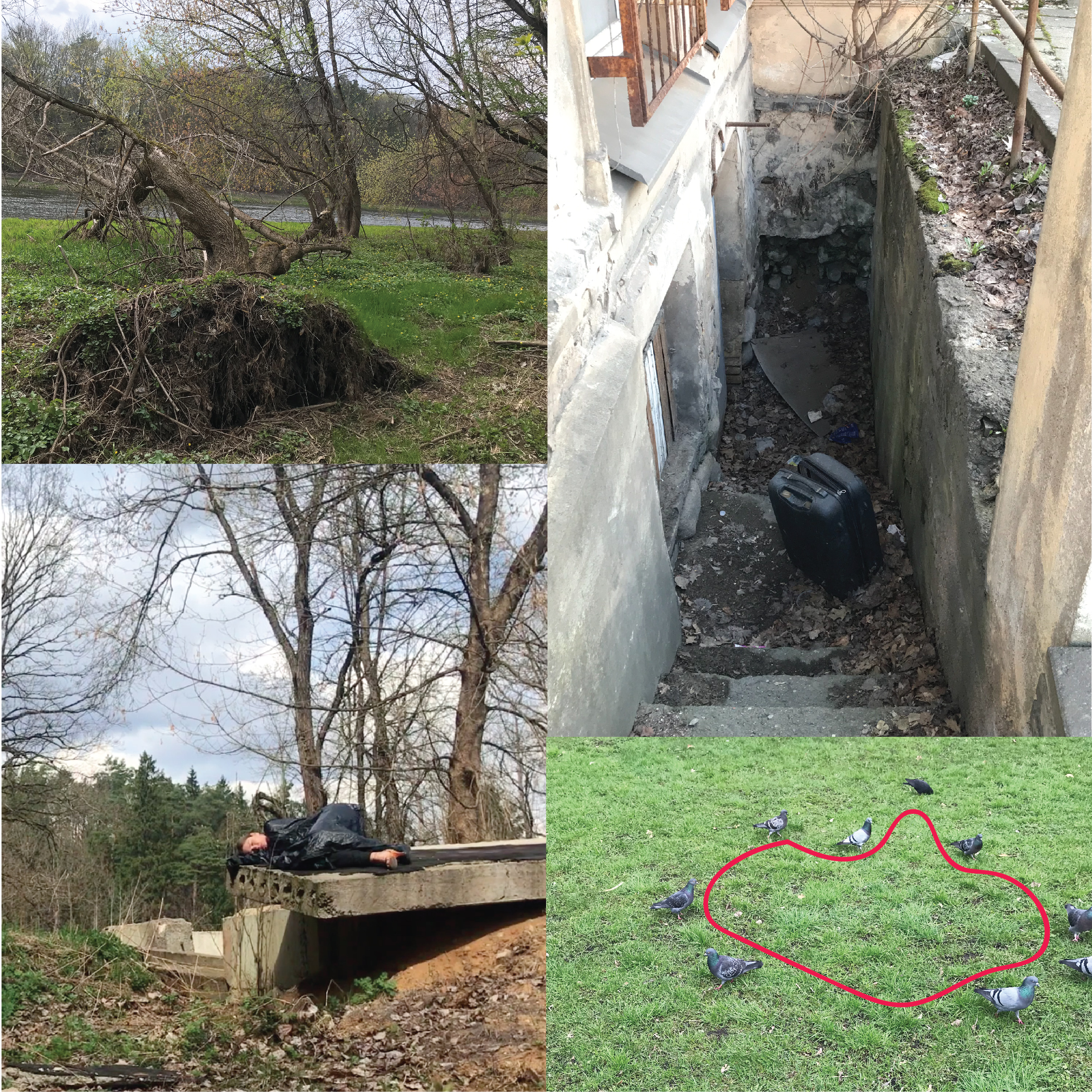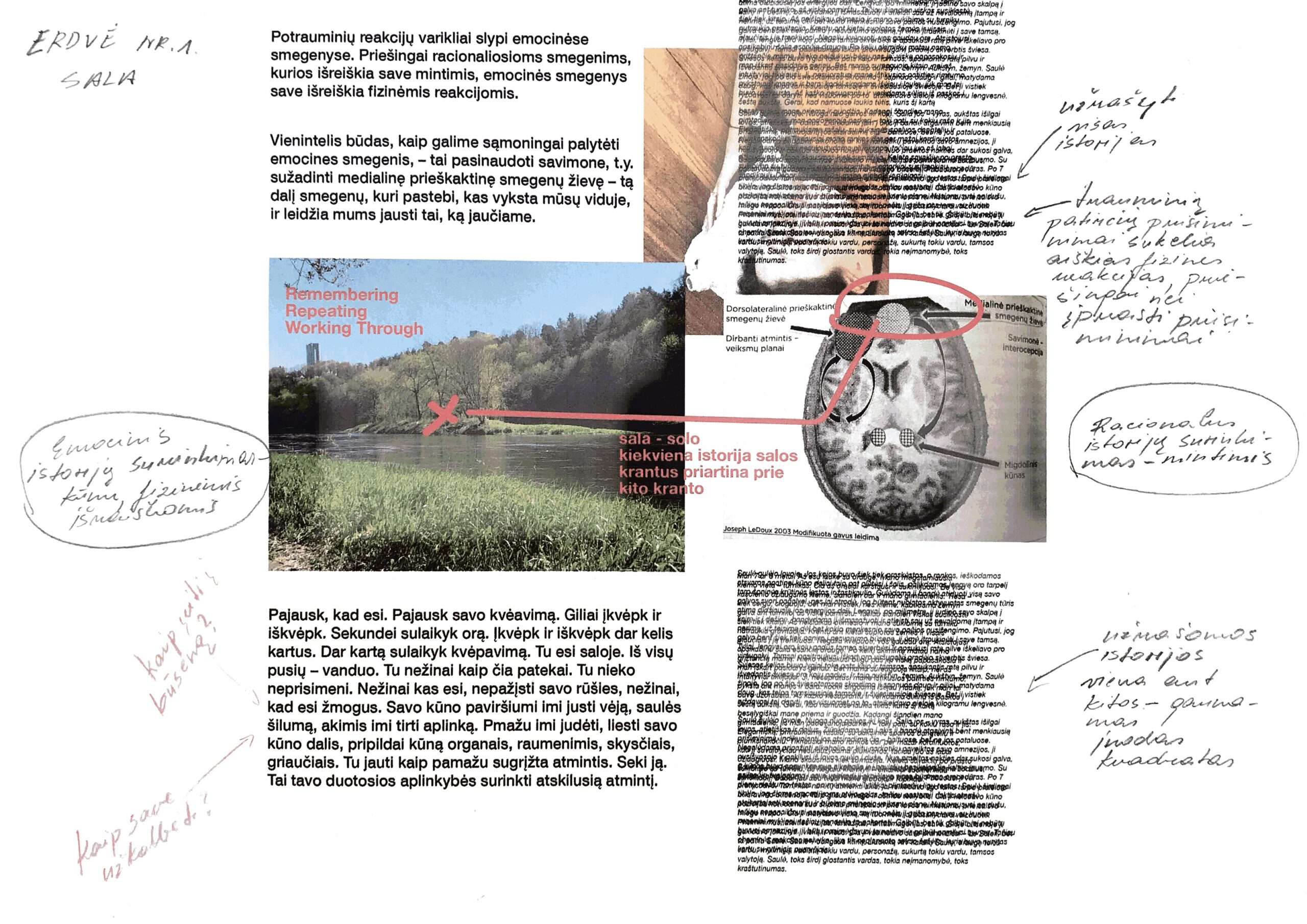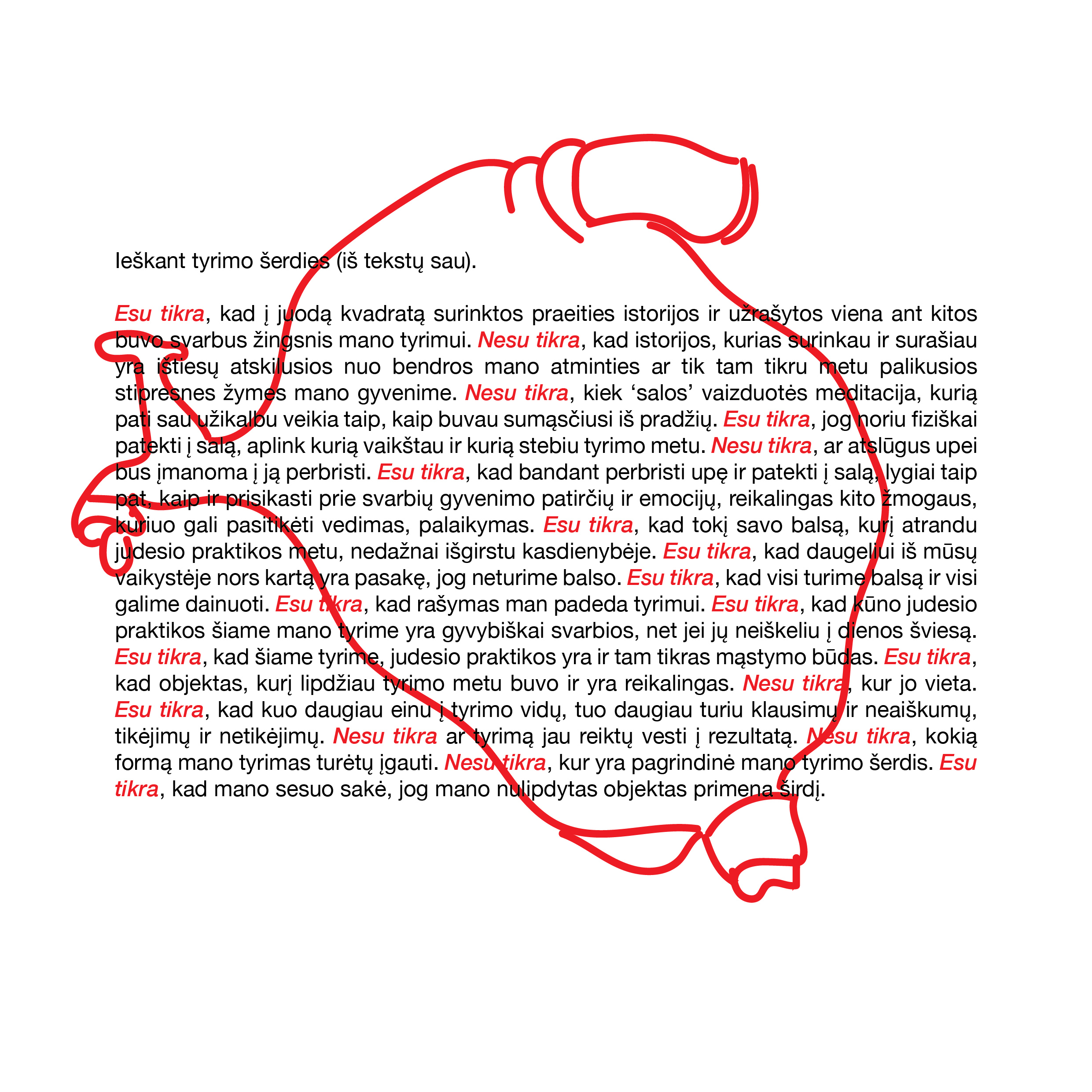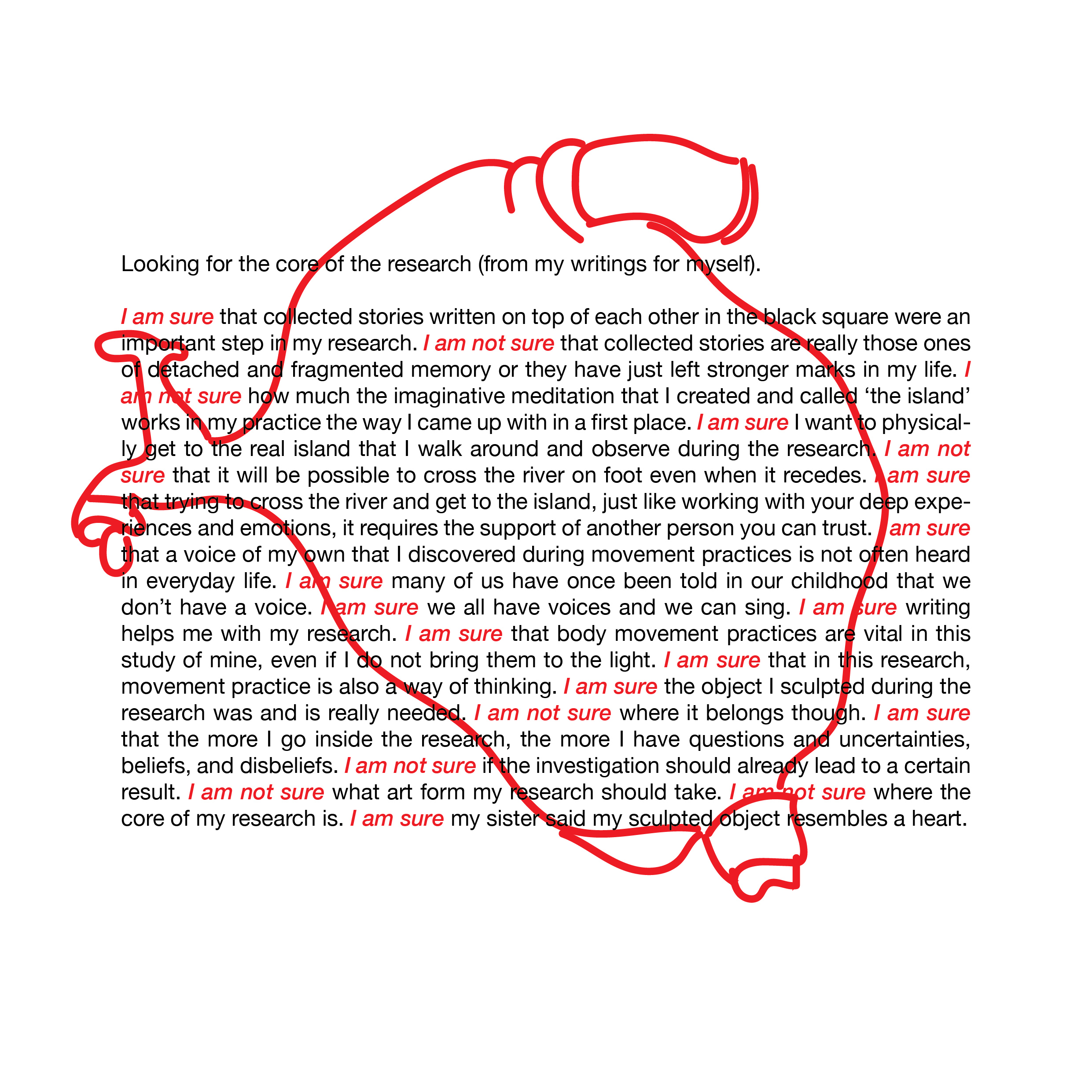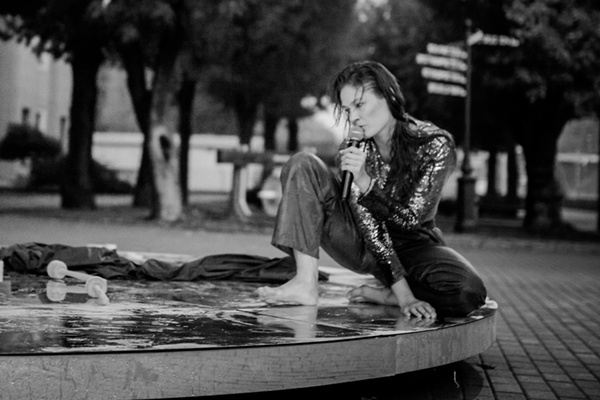Tyrimas / Research
/LT/
Graikų kilmės terminas „trauma“, kaip išorinių veiksmų įtakotas fizinis sužalojimas, pirmą kartą paminėtas XVII a. pabaigoje, tačiau įvardyti traumą psichologiniu aspektu prireikė dar dviejų šimtų metų. Nepaisant to, jog mokslinis susidomėjimas psichologinėmis traumomis per pastaruosius 150 m. nuolatos augo, tačiau tinkamai neišgyventos trauminės patirtys vis dar stipriai įtakoja daugybės žmonių gyvenimus.
Tyrinėdamas savo pacientus, neurologijos ir psichiatrijos pradininkas Pierras Janetas pradėjo vartoti „disociacijos“ terminą, norėdamas paaiškinti ir apibūdinti atskilusius ir atmintyje likusius traumos pėdsakus bei jų izoliaciją. „Disociacija neleidžia integruoti traumos į nuolat kintančias autobiografinės atminties talpyklas, taip iš esmės sukurdama dvigubos atminties sistemą.“ Pasak Janeto, normali atmintis, sudėtingo asociacijos proceso metu, sujungia kiekvieno potyrio elementus į nenutrūkstantį nuosavos patirties tinklą, kuriame kiekvienas elementas daro įtaką daugeliui kitų elementų, tačiau trauminių patirčių neintegravusių žmonių pojūčiai, mintys ir emocijos yra saugomi atskirai, tapę susitingusiais, sunkiai pakeliamais fragmentais.
Negalėdami integruoti atskilusių savo atminties skeveldrų, žmonės kenčia nuo atsiminimų, praranda savęs suvokimą, išgyvena depersonalizaciją. Tyrinėjant meno vaidmenį trauminių patirčių kontekste, ypatingą svarbą užima performatyvieji menai, kuriuose kūnas yra ir atminties saugotojas, ir savireguliacijos mechanizmas, ir įtaigus meninis įrankis. Keliaudama per skirtingus tyrimo taškus ir jų įtakotas judesio kokybes, siekiu buvusius, bet tinkamai neišgyventus praeities potyrius, sujungti į bendrą nenutrūkstantį nuosavos patirties tinklą.
/EN/
The Greek origin term “trauma”, as a physical injury caused by external actions, was first mentioned in the 17th century. However, it took another two hundred years to identify the trauma from a psychological point of view. Despite the scientific interest in psychological trauma that has grown steadily over the past 150 years, properly unintegrated traumatic experiences still have a profound impact on the lives of many people.
By researching his patients, Pierre Janet, a pioneer of neurology and psychiatry, started using the term “dissociation” to describe the splitting off and isolation of memory imprints. „Dissociation prevents the trauma from becoming integrated within the conglomerated, ever-shifting stores of autobiographical memory, in essence creating a dual memory system”. According to Janet, normal memory integrates the elements of each experience by a complex process of association; think of a dense but flexible network where each element exerts a subtle influence on many others. But in other cases when people could not integrate traumatic experiences, the sensations, thoughts, and emotions of trauma were stored separately as frozen, barely comprehensible fragments.
Unable to integrate the cut-off elements of the trauma into the ongoing narrative of life people suffer from memories, lose self-awareness, and experience depersonalization. In exploring the role of art in the context of traumatic experiences, performative arts are of particular importance, in which the body is a memory keeper and a mechanism of self-regulation, as well as a powerful artistic tool. By traveling through different points of the research and movement qualities influenced by them, I will seek to connect the split-off elements of the past into an unbroken network of self-experience.
Procesas / Process
„Mano tyrimas turi tris kertinius taškus, tris erdves: sala, juodas kvadratas ir nulinė būsena. Sala – tai fikcinė, įsivaizduojamų aplinkybių įtakota erdvė, kurioje žmogus atsiduria praradęs atmintį, nesuvokdamas, kaip čia pateko, nežinodamas jog yra žmogus,
neprisimindamas savo praeities. Čia, pamažu, iš naujo patirdamas aplinką ir save, jis ima prisiminti tam tikrus savo asmeninės ir bendrus žmonijos atminties elementus. Juodas kvadratas – atsikartojantis elementas sutinkamas mano piešiniuose, kuriuos jungiu kartu su judesio praktikomis, bei laisva minčių tėkme, išreiškiama tekstu ir balsu. Mano veikimas šioje erdvėje yra vedamas pagrindinių klausimų: ką man daryti su juodu kvadratu? Ir kaip man išjudinti juodą kvadratą? Trečioji erdvė – tai nulinė būsena, kurioje susitinka praeitis ir dabartis, fikcija ir realybė, pasipriešinimą keičia priėmimas. Visos trys erdvės, tai lyg pereinami kambariai, kuriuose šiuo metu vaikštau, leisdama laisvai cirkuliuoti orui, tačiau ketinu kiekvienoje užsibūti ilgėliau ir atidžiau jas ištyrinėti.“
/EN/
“My research has three cornerstones, three spaces: an island, a black square, and a zero state. An island is a fictional space, influenced by imaginary circumstances, in which a person finds himself having lost his memory, not realizing how he got here, not knowing that he is a person, not remembering his past. Here, gradually, re-experiencing the environment and himself, he begins to remember certain elements of his personal and common memory of humanity. The black square is a recurring element found in my drawings, which I connect with movement practices and free flow of thoughts, expressed in text and voice. My action in this space is driven by key questions: what do I do with a black square? And how do I set in motion a black square? The third space is a zero state in which the past and the present meet, fiction and reality, resistance is replaced by acceptance. All three spaces are like passing rooms, in which I‘m currently walking, allowing air to circulate freely, but I intend to stay in each longer and explore them more carefully.”
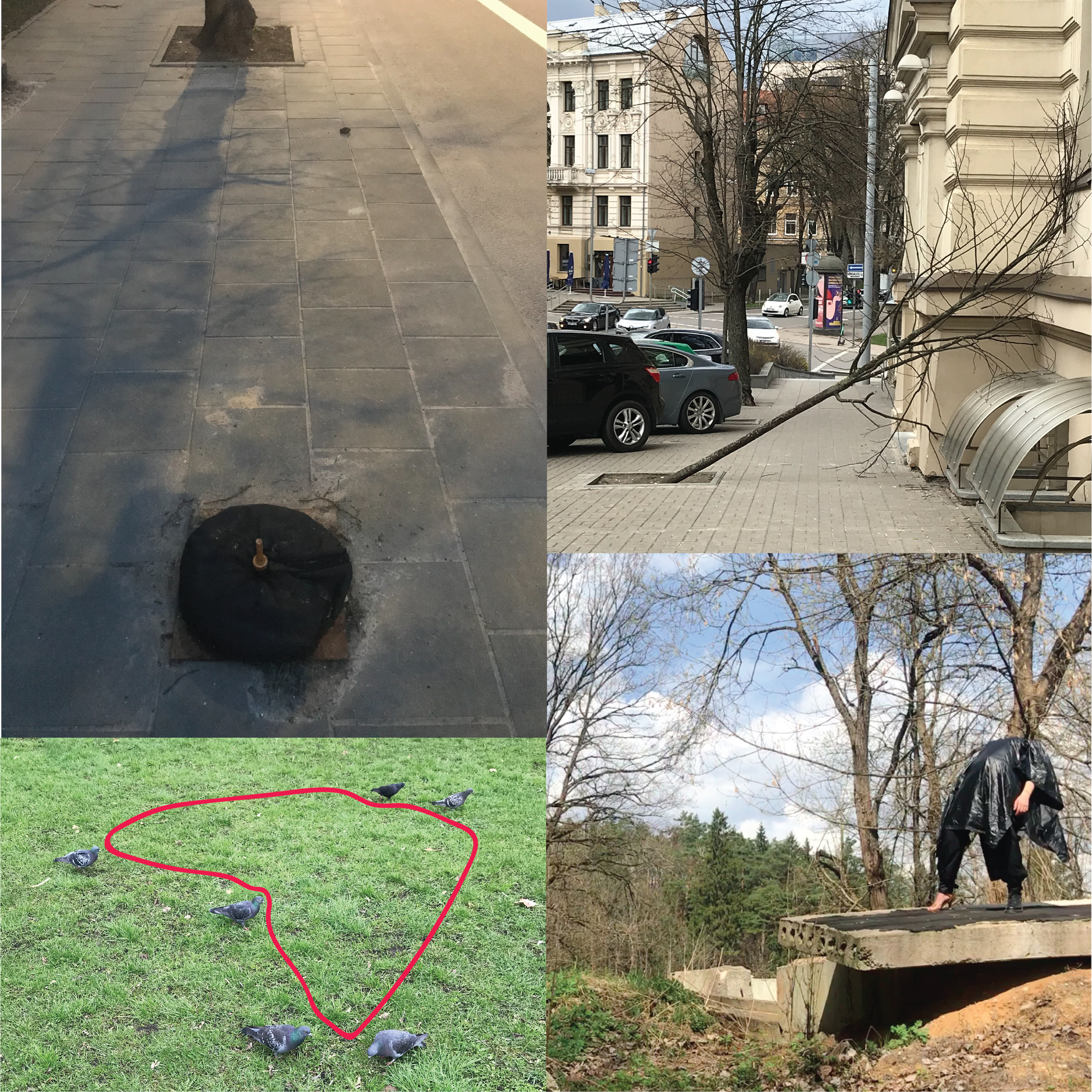
„Savaitę dedikuoju „buvimui saloje“, kur renku atskilusius atminties fragmentus. Štai taip pati save užkalbu:
Pajausk, kad esi. Pajausk savo kvėavimą. Giliai įkvėpk ir iškvėpk. Sekundei sulaikyk orą. Įkvėpk ir iškvėpk dar kelis kartus. Dar kartą sulaikyk kvėpavimą. Tu esi izoliuotas saloje. Iš visų pusių – vanduo. Tu nežinai kaip čia patekai. Tu nieko neprisimeni. Nežinai, kas esi, nepažįsti savo rūšies, nežinai, kad esi žmogus. Savo kūno paviršiumi imi justi vėją, saulės šilumą, akimis imi tirti aplinką. Pamažu imi judėti, liesti savo kūno dalis, pripildai kūną organais, raumenimis, skysčiais, griaučiais. Tu jauti kaip pamažu sugrįžta atmintis. Seki ją. Tai tavo duotosios aplinkybės surinkti atskilusią atmintį.“
/EN/
“I dedicate myself to “being on the island” for a week, where I collect detached fragments of memory. Here’s how I talk myself into:
Feel that you are. Feel your breath. Take a deep breath and exhale. Hold the air for a second. Inhale and exhale a few more times. Hold your breath again. You are isolated on the island. Water on all sides. You don’t know how you got here. You don’t remember anything. You don’t know who you are, you don’t know your species, you don’t know you are human. You start to feel the wind and the heat of the sun on the surface of your body, you start to explore the environment with your eyes. Gradually you start to move, touch your body parts, fill your body with organs, muscles, fluids, skeletons. You feel like the memory is slowly coming back. You follow it. It is your given circumstances to collect the detached memory.”
„Prieš pradedant tyrimą bičių platformoje, jau turėjau surinkusi tam tikrą dalį teorinės mokslinės medžiagos. Dažnai noriu būti teisinga, nesuklysti, nenukrypti nuo mokslinių faktų, tačiau būtent todėl per šį tyrimo laiką leidau sau interpretuoti, atsispirdama nuo mokslinių faktų pažiūrėti, kur mane nuves meninė intuicija. Kartais netgi jaučiuosi spekuliuojanti, kaip pavyzdžiui susikurdama sau sąlygas ir aplinkybes, iš kurių turėtų kilti judesys. Juk viskas priklauso absoliučiai nuo mano vaizduotės ir kiek aš sugebėsiu patikėti tuo, ką pati įsikalbu. Iš čia kyla tas įdomus paradoksas tarp tikėjimo ir žinojimo, riba, kuri yra labai reliatyvi. Ieškodama savo tyrimo šerdies, pradėjau rašyti aspektus, kuriais tyrimo metu esu tikra, o kuriais ne. Pati nustebau, kaip malonu pasiūbuoti tarp tų dviejų polių „esu tikra, nesu tikra“.“
/EN/
“Before starting the research on the “bites” platform, I had already gathered some of the theoretical scientific material. I often want to be right, not to make mistakes, not to deviate from scientific facts, but that is why during this time of research I allowed myself to interpret, resisting scientific facts, to see where artistic intuition will take me. Sometimes I even feel speculative, such as creating the conditions and circumstances for myself to move. After all, it all depends absolutely on my imagination and how much I will be able to believe what I am talking myself into. This is there the interesting paradox between faith and knowledge comes from, the boundary that is very relative. In search of the core of my research, I began writing aspects that make me sure and that make me not sure in the research. I myself was surprised at how nice it is to swing between those two poles “I’m sure, I’m not sure”.”
Tyrėja / Explorer
Inga Galinytė
/LT/
Inga Galinytė yra performanso ir tarpdisciplininio meno kūrėja. Baigusi dizaino bakalaurą Vilniaus dailės akademijoje, Inga magistro studijas tęsė tekstilės meno ir medijų specialybėje (VDA), kur susidomėjo performanso menu ir savo menines praktikas pasuko būtent šia kryptimi. Žvelgdama tarpdiscipliniškai ir kurdama savitą performatyvią kalbą menininkė tyrinėja performanso meno, šiuolaikinio šokio, teatro disciplinas, jungdama jas su vizualaus meno žiniomis ir praktikomis.
Tobulindama savo meninius įrankius Inga dalyvavo Paryžiaus vasaros akademijoje, organizuojamoje „ORIANTHEATRE dance company“, tyrinėjo „Gaga“ judesio kalbą Tel Avive, sukurtą ir išplėtotą choreografo Ohado Naharino, buvo atrinkta dalyvauti vasaros programoje „Watermill“ centre, Niujorke, įkurtame teatro režisieriaus Roberto Wilsono, kur kasmetiniame „Gala“ renginyje pristatė savo darbą „8 valandos dienoje“.
2018 m. Inga Galinytė kartu su graikų kilmės menininke ir muzikante Anna Papathanasiou įkūrė meninį duetą pavadinimu FTIJ.s (First time in Jacuzzi. sorry.) ir pristatė performansų trilogiją: „Empatiškas kūnas“ – Venecijos Architektūros Bienalėje, Lietuvos pelkių pavilijone, „Empatiškas kūnas: ateities rojaus vonios“ – „SKG Bridges“ festivalyje, Salonikuose ir „Empatiškas kūnas: savo būgno ritmu“ – 12-oje Kauno Bienalėje. 2020 m. kartu su menininku ir aktoriumi Denisu Kolomyckiu ir menininke/kuratore Laima Kreivyte pristatė bendrą darbą „Fluqus vedybos: kentauro gimimas“ Šiuolaikinio meno centre Vilniuje.
Šalia asmeninės kūrybos ir kolaboracijų menininkė dalyvauja ir kaip atlikėja kitų kūrėjų darbuose, tokiuose kaip: Alexandra Pirici „Pulsas“, Willi Dorner „Bodies in urban spaces“, Cocorosie „Lying Awake: Our Lady of the Flowers“, Pere Faura „Sweet fever“ ir kt. Šiuo metu menininkė dirba prie naujo kūrinio, tyrinėdama trauminių patirčių, atskilusios atminties, empatijos ir vaizduotės sąsajas.
/EN/
Inga Galinytė is a performance and interdisciplinary artist. After graduating with a bachelor’s degree in design from Vilnius Academy of Arts, Inga continued her master’s studies in textile art media (Vilnius Academy of Arts), where she became interested in performance art and turner her artistic practices in this direction. By looking interdisciplinary and creating a unique performative language, the artist explores the disciplines of performance art, contemporary dance, and theatre, combining them with the knowledge and practices of visual art.
In developing her artistic tools, Inga participated in Paris Summer Academy organized by ORIANTHEATRE dance company, did research in a movement language called Gaga in Tel Aviv developed by choreographer Ohad Naharin was selected to participate in a Summer program at Watermill Center in New York, founded by theatre director Robert Wilson where she presented her long durational piece “8 hours a day” during the annual Gala event.
In 2018 together with a Greek artist and musician Anna Papathanasiou Inga founded the duo called FTIJ.s (First time in Jacuzzi. sorry.) and presented performance trilogy: “Empathetic body” at Lithuanian Pavilion during Venice Architecture Biennale, “Empathetic body: baths of future paradise” at SKG Bridges festival, in Thessaloniki, “Empathetic body: march at the beat of your own drum” during the 12th Kaunas Biennial. In 2020 together with artist and actor Denisas Kolomyckis and artist and curator Laima Kreivytė she presented the work called “Fluqus Wedding: the birth of Centaurus” at CAC, Vilnius. In addition to personal creations and collaborations, the artist also participates as a performer in the work of other artists such as Alexandra Pirici “Pulsas”, Willi Dorner “Bodies in urban spaces”, Cocorosie “Lying Awake: Our Lady of the Flowers”, Pere Faura “Sweet fever” etc. Currently Inga is working on her new creation while researching the connections between traumatic experiences, split-off memory, empathy, and imagination.
